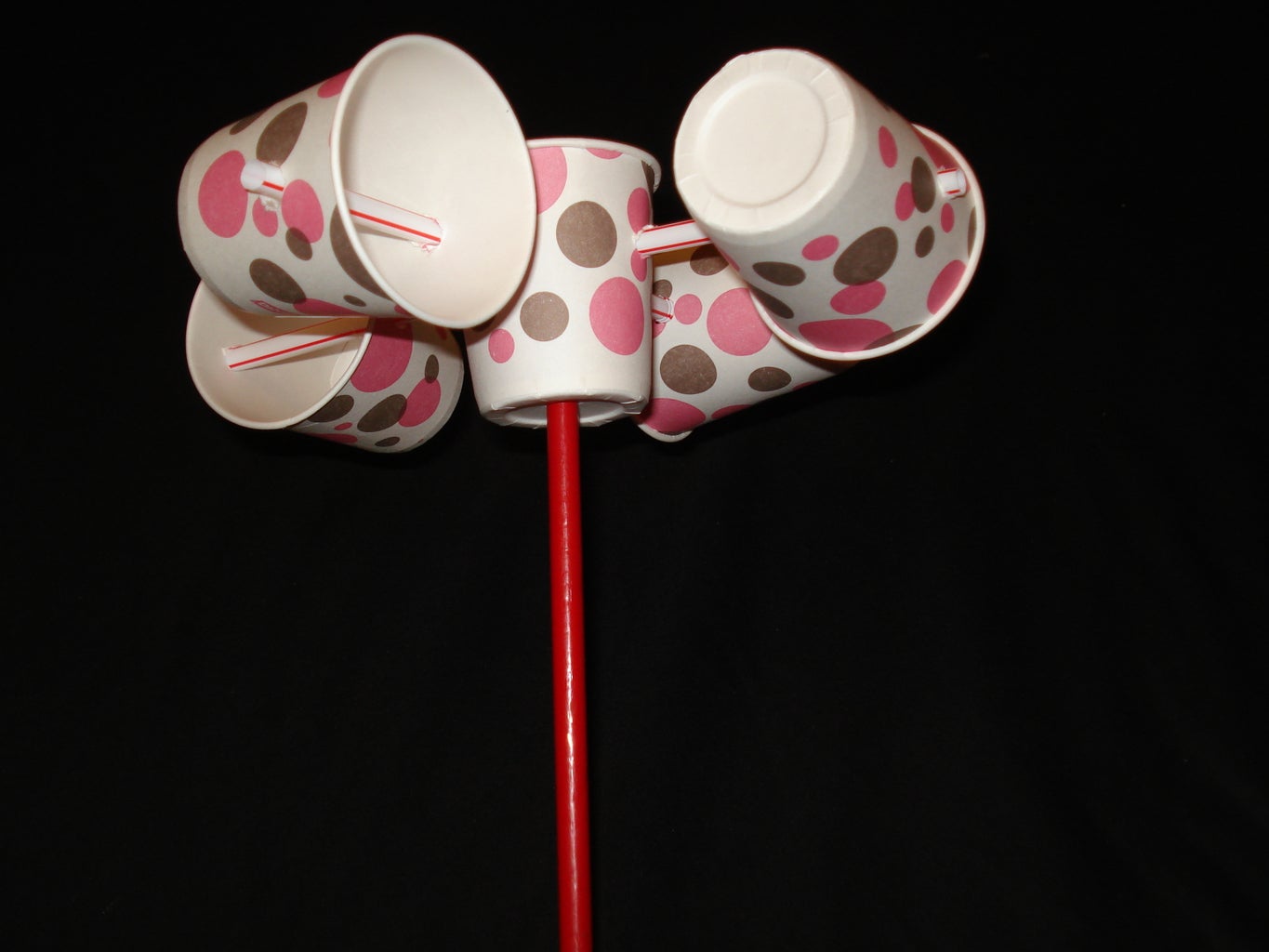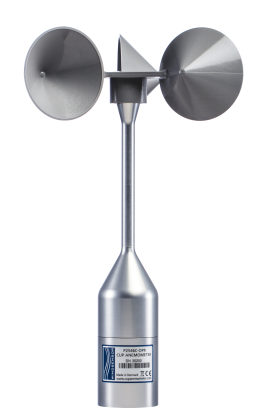How to Keep and Look After Your Anemometer to Make Certain Long Life
How to Keep and Look After Your Anemometer to Make Certain Long Life
Blog Article
All You Required to Know Regarding Anemometers: Just How They Work, Why They Issue, and Where to Make use of Them
Anemometers, though often forgotten in the world of clinical instruments, play a critical duty in numerous fields, providing valuable understandings right into wind rate and air movement patterns. As we dig right into the details of anemometer modern technology, we will certainly reveal the inner functions of these gadgets, their importance, and the crucial considerations when picking the best anemometer for specific applications.

Anemometer Fundamentals
A crucial tool used to gauge wind speed and direction, the anemometer plays a crucial function in weather forecasting and numerous industries. An anemometer normally includes 3 or 4 mugs that turn in the wind, a vane that directs into the wind, and sensors to track the movements or turnings. By computing the turnings or motions over a details amount of time, the anemometer can figure out wind rate. The vane helps figure out wind instructions by pointing into the wind, offering useful information for weather projecting, air travel, maritime operations, ecological surveillance, and wind energy applications.
There are different types of anemometers offered, consisting of mug anemometers, vane anemometers, hot-wire anemometers, and sonic anemometers, each with its one-of-a-kind functions and applications. Cup anemometers are typically made use of for standard wind speed measurements, while vane anemometers are chosen for directional dimensions.
Concepts of Anemometer Procedure
Building on the fundamental understanding of anemometer fundamentals, the principles of anemometer procedure clarify the auto mechanics behind wind speed and instructions measurements. Mug anemometers, for circumstances, have three or more mugs that catch the wind, causing them to rotate much faster as the wind rate boosts. Hot-wire anemometers count on a heated cable that cools down as wind passes over it, with the price of cooling identifying the wind rate.
Relevance of Anemometers
Anemometers play a vital duty in gauging wind rate and instructions, supplying crucial information for climate projecting, environment researches, ecological tracking, and air travel procedures. Meteorologists rely on anemometers to gather accurate wind information, aiding them comprehend weather condition patterns, anticipate storms, and issue timely warnings to the public. Wind ranch drivers utilize anemometers to evaluate wind conditions and optimize electrical energy manufacturing from wind turbines.
Applications Throughout Different Industries
Applications of anemometers cover across varied markets, showcasing their flexibility and utility past weather forecasting. In the renewable resource sector, anemometers play an essential duty in examining wind problems for wind farm placements, guaranteeing optimal energy manufacturing. Industries like construction and mining use anemometers to check wind speeds, essential for safety and security procedures, specifically when operating at elevations or in open-pit mines where strong winds can pose dangers. Anemometers are also essential in the aeronautics market, aiding pilots in comprehending airspeed and wind instructions for safe liftoffs and landings. The maritime market take advantage of anemometers for ship navigation, assisting seafarers anticipate weather condition adjustments and change paths accordingly. In agriculture, anemometers help farmers in taking care of crop spraying by giving real-time data on wind rate to stay clear of drift. Moreover, anemometers locate applications in a/c systems to optimize air movement and enhance energy effectiveness in structures. The varied usage cases of anemometers underscore their importance across different markets, highlighting their indispensable role in boosting functional security and performance (anemometer).

Choosing the Right Anemometer for Your Requirements
Picking the appropriate anemometer tailored to your certain needs is vital for getting accurate wind speed and their explanation instructions measurements. When picking an anemometer, take into consideration factors such as the intended application, needed dimension array, ecological conditions, and desired features. For general objectives, a mug anemometer appropriates for gauging wind rate, while a vane anemometer gives wind instructions data. Hot-wire anemometers are excellent for low airspeed dimensions, and ultrasonic anemometers provide high accuracy and longevity.

Verdict
Finally, anemometers play a critical function in measuring wind rate and instructions across numerous markets. Understanding the concepts of anemometer operation is essential for picking the best device for certain needs. From weather forecasting to air travel, anemometers are vital devices for gathering exact data and ensuring safety and security in different applications. When choosing the most ideal device for determining wind problems., it is crucial to consider the importance of anemometers in order to make enlightened decisions.
There are numerous types of anemometers useful reference readily available, consisting of cup anemometers, vane anemometers, hot-wire anemometers, and sonic look here anemometers, each with its distinct attributes and applications. Cup anemometers are frequently used for basic wind speed dimensions, while vane anemometers are preferred for directional measurements. Hot-wire anemometers are appropriate for low airspeeds, and sonic anemometers are ideal for high-precision measurements in research and industrial settings.Building on the foundational understanding of anemometer basics, the principles of anemometer operation elucidate the mechanics behind wind speed and direction dimensions. For basic objectives, a mug anemometer is ideal for gauging wind rate, while a vane anemometer supplies wind instructions data.
Report this page